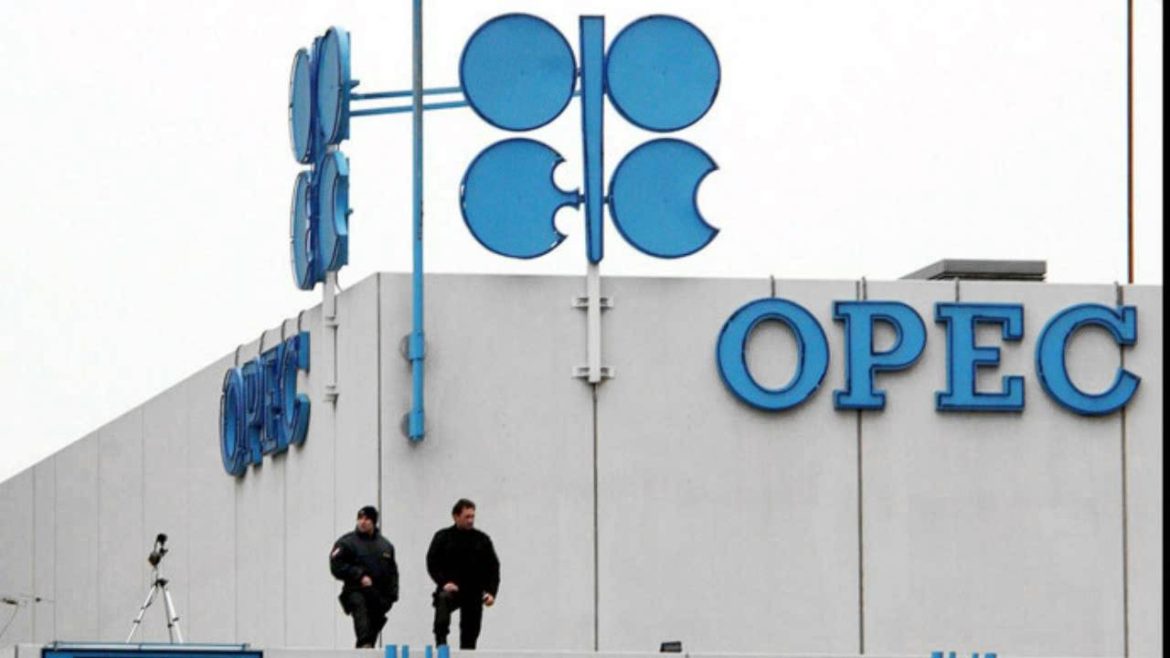By Alzbeta Klein
WASHINGTON, DC – On the evening of March 14, tropical cyclone Idai slammed into the southeastern coast of Africa. On the same day, some 1,700 miles due north, I gathered with global leaders and climate experts at the third One Planet Summit (OPS) in Nairobi, Kenya. The two scenes could not have been more different – or more closely linked.
The humanitarian emergency triggered by Idai continues to unfold. Beira, Mozambique, with its 500,000-plus residents, bore the brunt of the cyclone’s impact. But the consequences extend much further, not least because Beira is home to the main port for some of its regional neighbors, including landlocked Malawi and Zimbabwe. An inland lake the size of Luxembourg is now displacing hundreds of thousands of people across all three countries.
At a time when climate change is making catastrophic weather events more common, Idai amounts to a stark reminder of our collective responsibility to boost resilience, especially in the most vulnerable areas. After all, as Beira’s severely strained budget makes clear, the costs of waiting for disaster to strike are much higher. According to Lloyd’s City Risk Index, even in a conservative scenario, climate-related risks could cost cities $123 billion annually, on average, in lost GDP.
The challenge will be compounded as the adverse effects of climate change on agriculture and other rural livelihoods accelerate already-rapid urbanization. In Sub-Saharan Africa, the number of urban dwellers, already in excess of 470 million, is set to double over the next 25 years. By 2050, the region is expected to account for 20% of the world’s urban residents.
But rapid urbanization can also serve as an opportunity to build climate-resilient cities. To make the most of it will require mobilizing large amounts of investment in areas like climate-smart water management, clean transport, and green buildings.
Mobilization of climate finance was a central theme at this year’s OPS, with Africa being the main region of focus. The participants, who included some of my World Bank Group colleagues, as well as heads of state, civil-society organizations, and private-sector actors, proposed the Africa Pledge, which contains a set of commitments aimed at accelerating climate action that serves the continent’s people.
As part of the Africa Pledge, the World Bank announced that it will deliver $22.5 billion in new climate financing to Africa from 2021-2025. This financing, combined with the World Bank Group’s Action Plan on Adaptation and Resilience, better positions African countries to unlock investment opportunities and manage the risks of a changing climate.
Even with such financing from international institutions, however, the costs of building climate resilience will far exceed public budgets. Mobilizing private capital will be crucial to close the financing gap, and here the role of the International Finance Corporation – the largest global development institution focused exclusively on the private sector in developing countries – is essential. In particular, the IFC, a member of the World Bank Group, has been developing and implementing innovative financing products, such as green bonds and carbon credits, to enable private-sector actors to invest in climate mitigation and adaptation efforts.
The green-bond market alone, after a decade of rapid growth, is poised to exceed $180 billion this year, and the IFC is eager to help the world seize the unrivaled opportunity in climate finance that this market represents. In 2016, the IFC created the Forests Bond, a first-of-its-kind instrument that gives investors the option of being repaid in cash or carbon credits that can be used to support forest conservation. And last year the IFC launched the world’s largest green-bond fund dedicated to emerging markets, the Amundi Planet Emerging Green One fund, committing $256 million to increase the capacity of emerging-market banks to fund climate-smart investments. Such efforts earned the IFC the title of Green Bond Development Bank of 2018 at this year’s Green Bond Pioneer Awards.
But even with the most innovative instruments, sufficient private investment will not be forthcoming if governments do not create the right conditions. To attract private investment to climate-smart projects and generate a viable project pipeline, African cities and countries must improve their creditworthiness and boost project bankability.
The rewards of such efforts would be enormous. A recent IFC study, Climate Investment Opportunities in Cities, estimates that emerging-market cities could attract more than $29.4 trillion in cumulative climate-related investments by 2030 in six key sectors: green buildings, public transportation, electric vehicles, renewable energy, climate-smart water systems, and waste infrastructure and management. Of that, $1.5 trillion would go to Sub-Saharan Africa.
Of course, the specific composition of investment opportunities depends on local contexts. For example, this year’s OPS host, Nairobi, has investment potential of $8.5 billion, including $5 billion in electric vehicles.
Some governments might be tempted to channel investments toward other development objectives that promise tangible short-term benefits, such as poverty eradication and education. But, if these gains are to last, they must be secured alongside progress on building climate resilience. Otherwise, disasters like cyclone Idai will continue to wash away people’s lives, livelihoods, and futures.
_____________________________________________________________
Klein is Director and Global Head of Climate Business at the International Finance Corporation.








